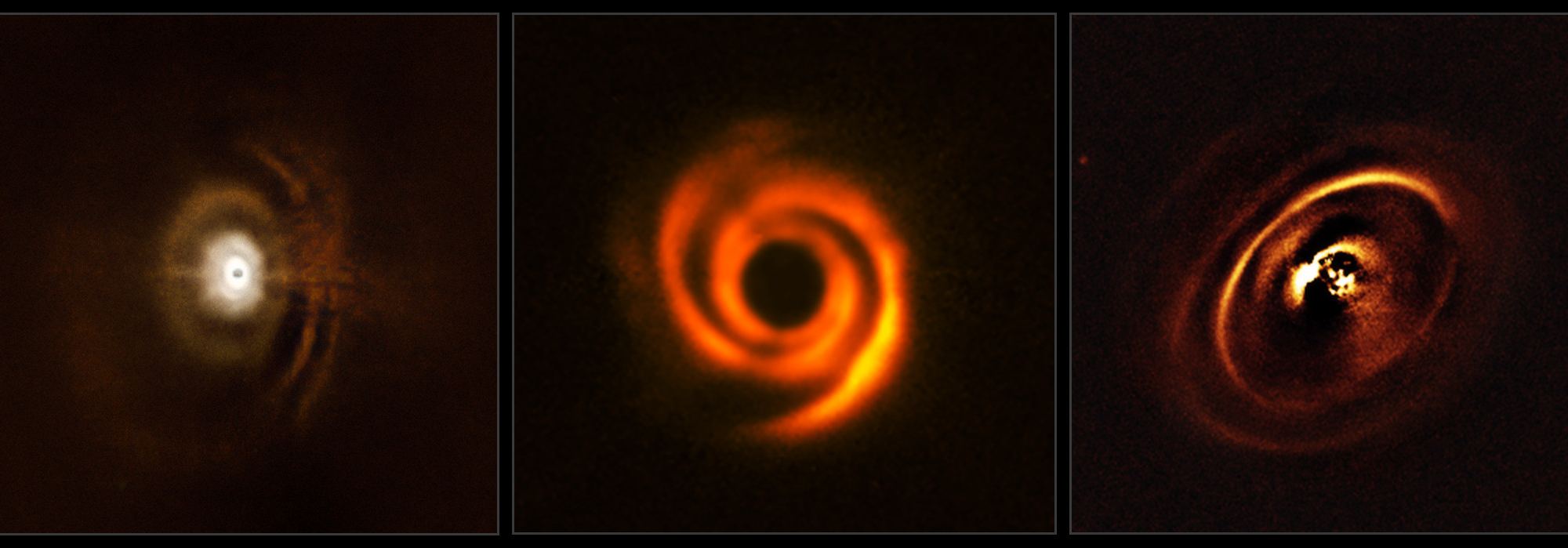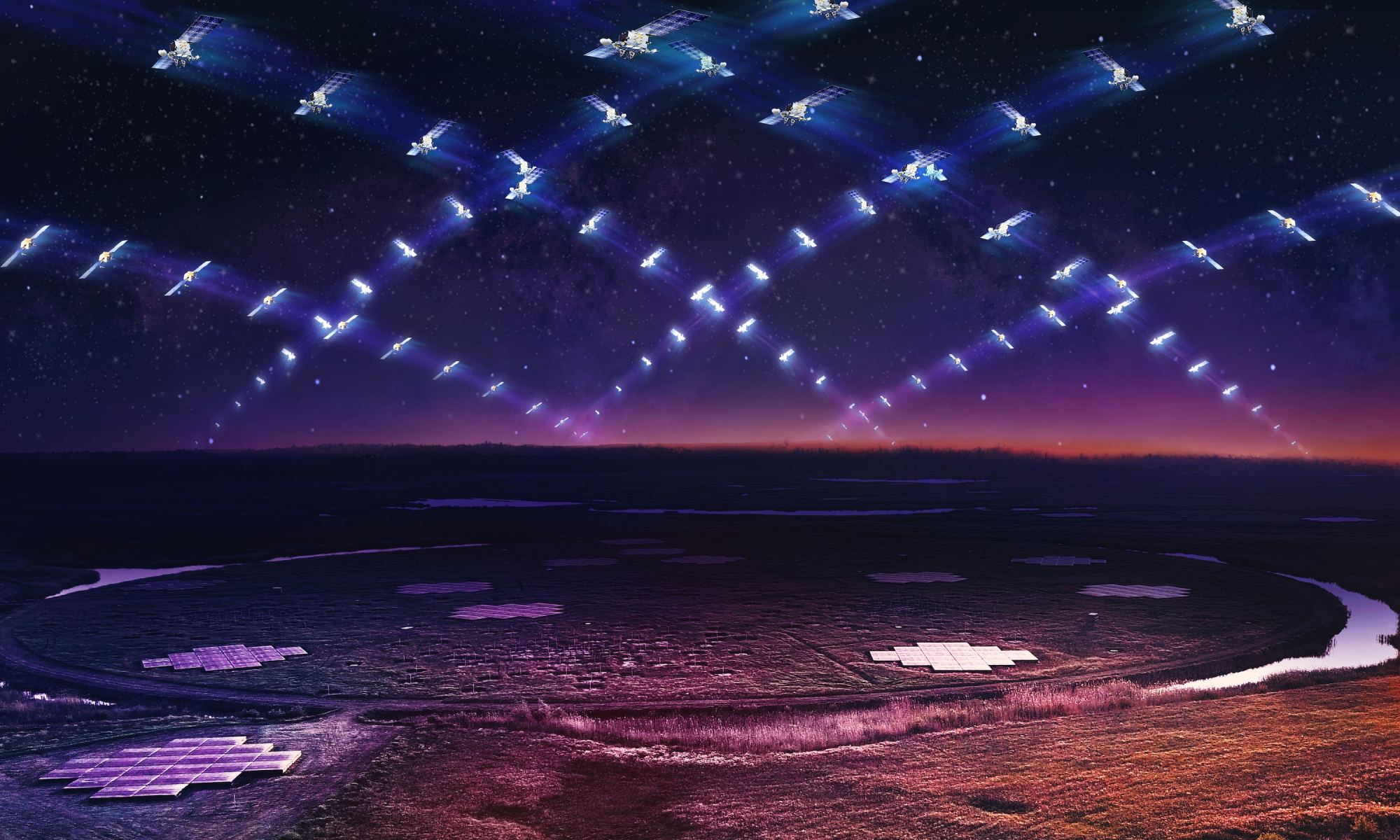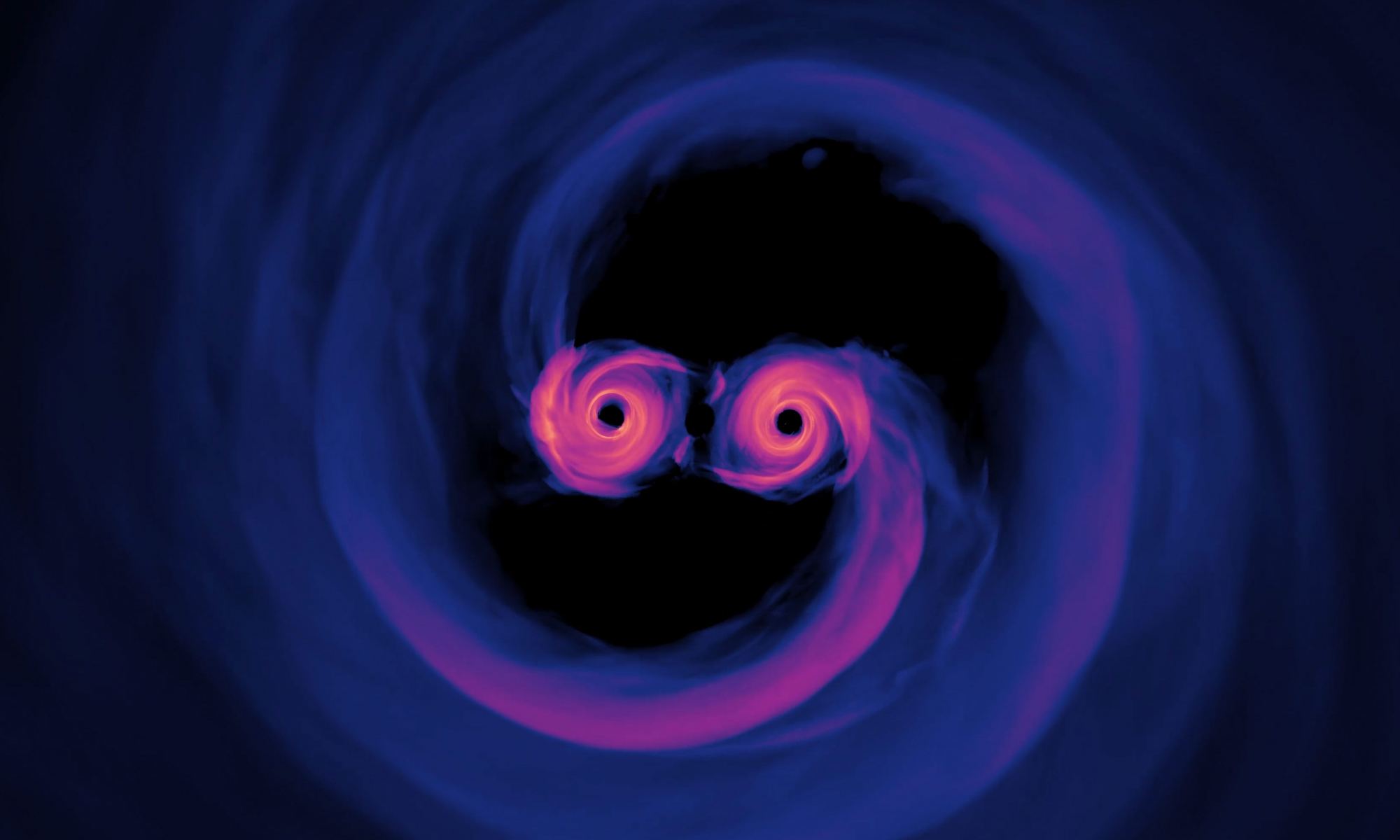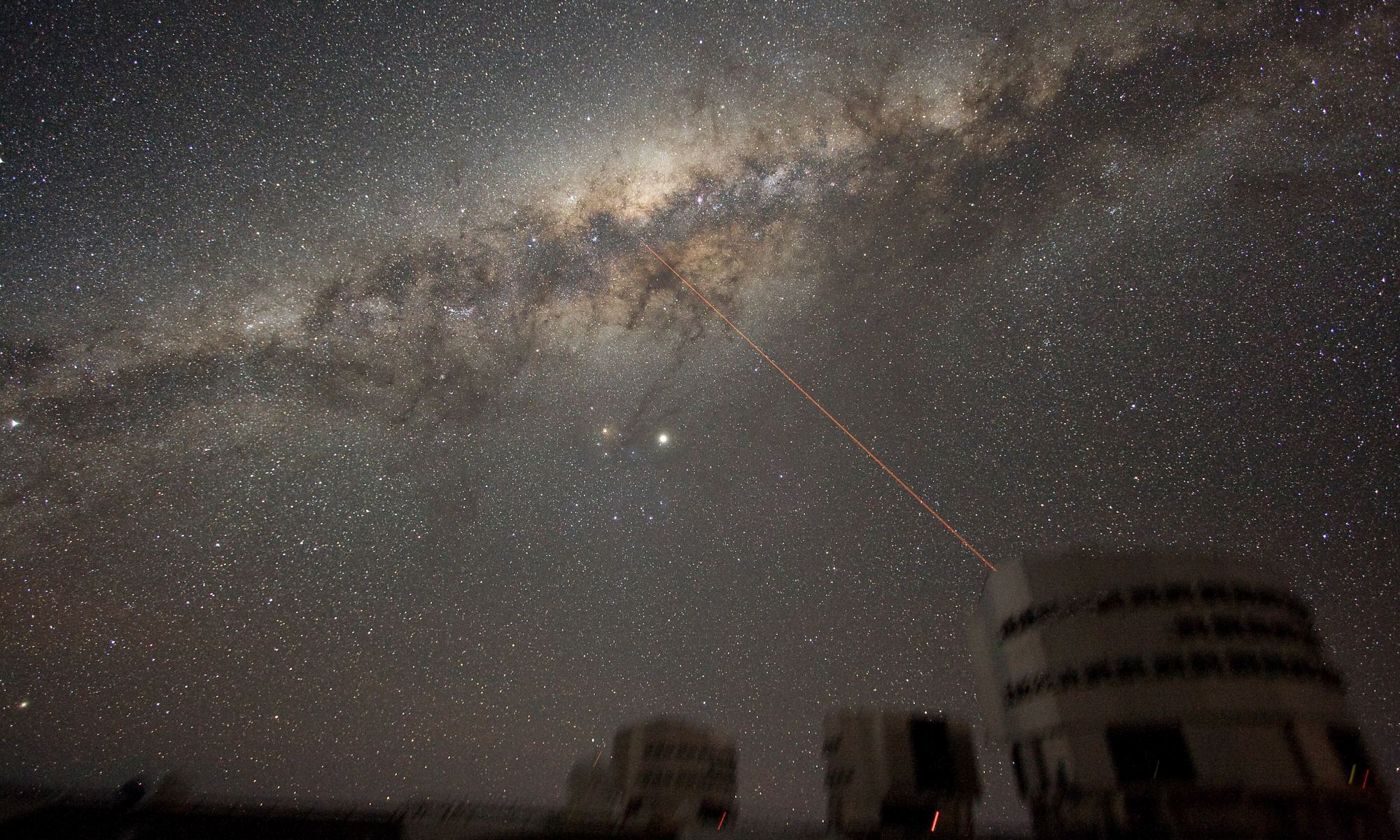When you hear the phrase “spiral arms” you probably think of galaxies. Lots of galaxies have bright arcs of stars that spiral away from their center, including our Milky Way. But not all galaxies have spiral arms, and galaxies aren’t the only celestial objects with spiral arms. About a third of protoplanetary disks around young stars have spiral arms, and we now think we know why.
Continue reading “A Planet has Whipped Up Spiral Arms Around a Young Star”Supernovae are the Source of Dust in Early Galaxies
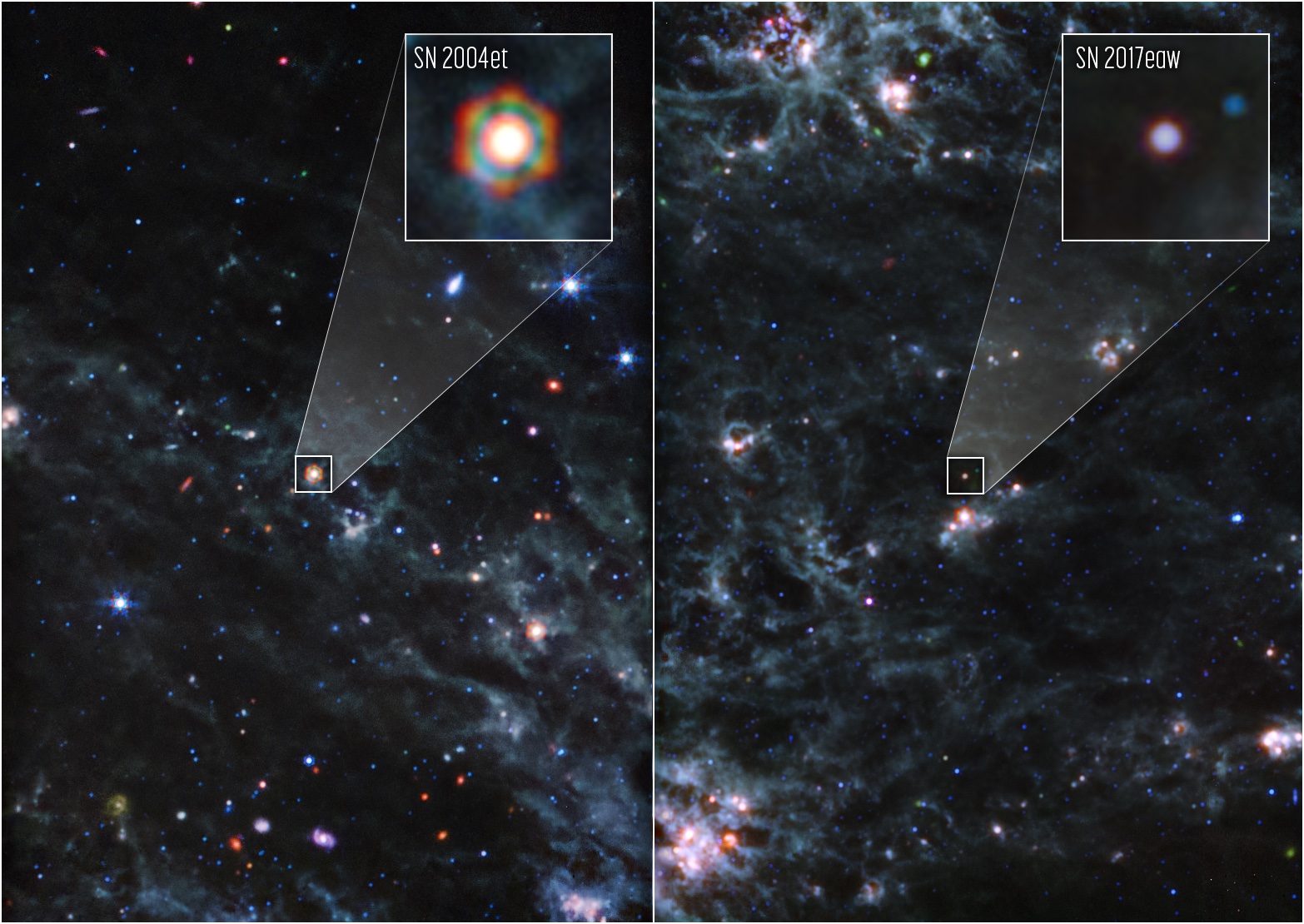
Every now and then there’s an interesting discovery that helps us fill in a gap in our understanding of the universe. In the case of this latest discovery, we now have confirmation of a process we’ve long assumed, but have had little direct evidence for. It all has to do with cosmic dust.
Continue reading “Supernovae are the Source of Dust in Early Galaxies”Astronomers Map out the Radio Waves Coming From Large Satellite Constellations
Satellite internet constellations such as Starlink have the potential to make connect nearly the entire world. Starlink already provides internet access to remote areas long excluded by the internet revolution, and other projects such as OneWeb and Project Kuiper are in the works. But there are side effects to creating a massive array of low-orbit satellites, and one of them is the potentially serious effect on astronomy.
Continue reading “Astronomers Map out the Radio Waves Coming From Large Satellite Constellations”Did the Pulsar Timing Array Actually Detect Colliding Primordial Black Holes?
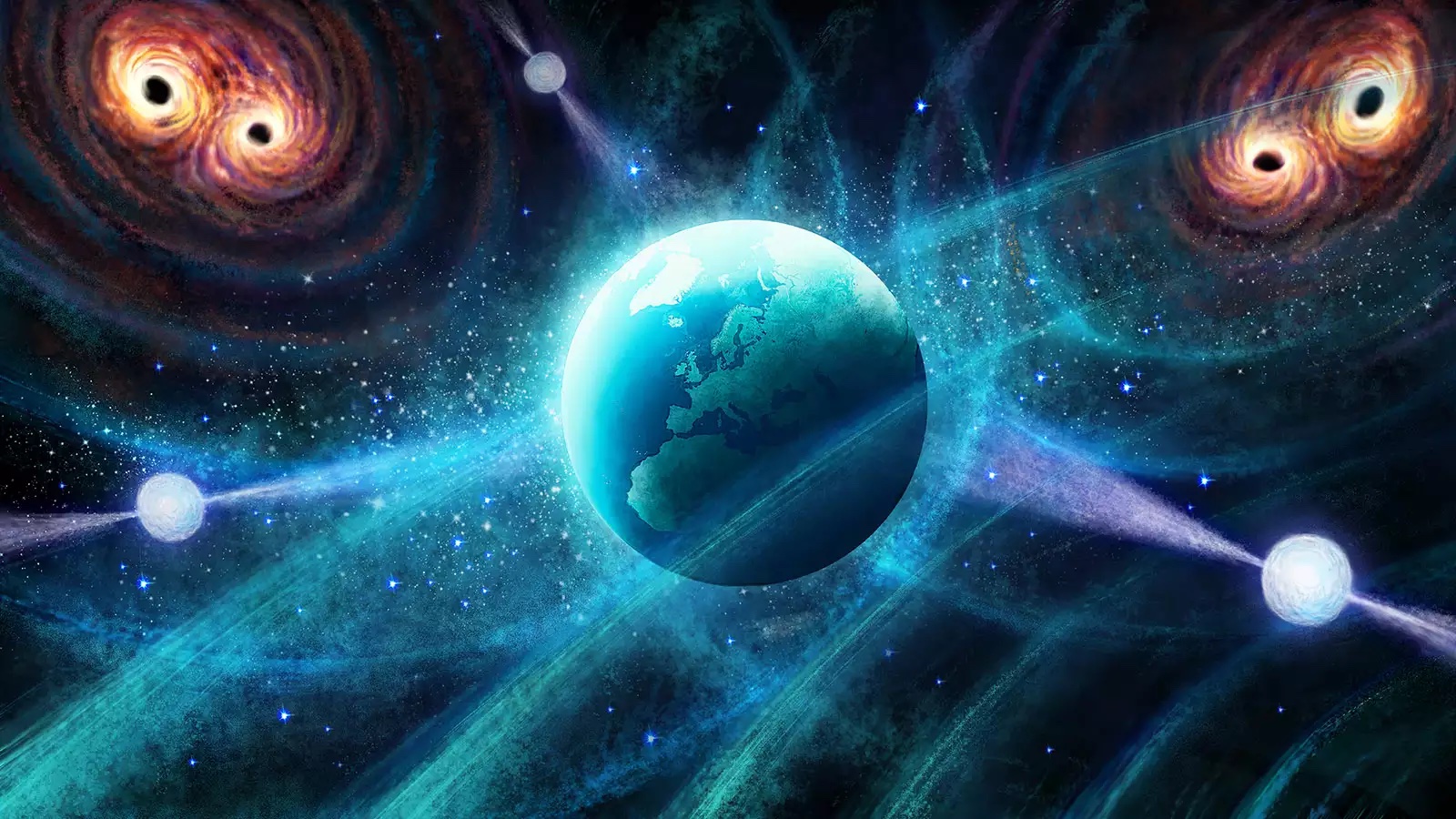
The universe is filled with gravitational waves. We know this thanks to the North American Nanohertz Observatory for Gravitational Waves (NANOGrav), which recently announced the first observations of long wavelength gravitational waves rippling through the Milky Way. The waves are likely caused by the mergers of supermassive black holes, but can we prove it?
Continue reading “Did the Pulsar Timing Array Actually Detect Colliding Primordial Black Holes?”The Early Universe Ran in Slow Motion
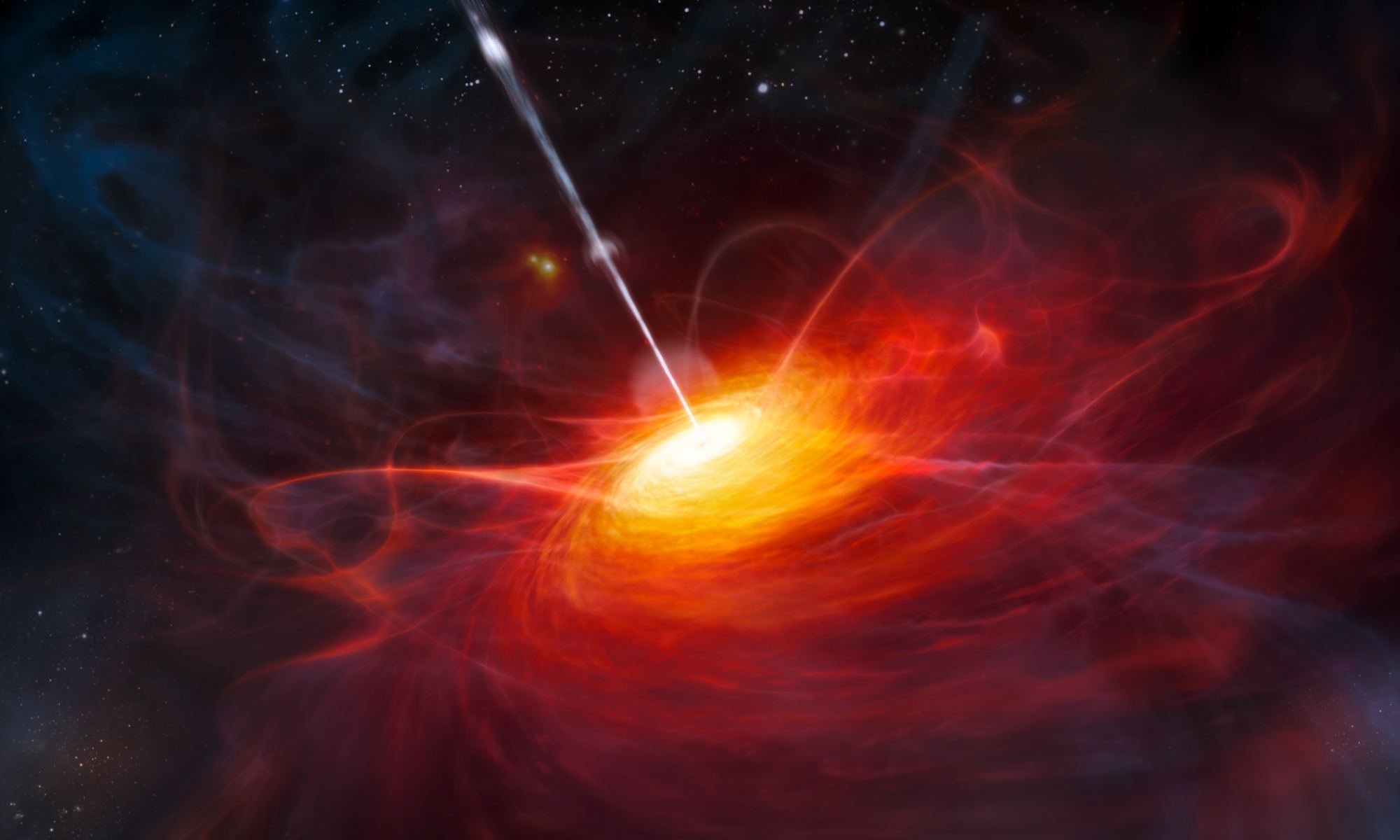
Time is relative, as they say, particularly for mid-day meals. As special relativity shows, the measure of any two clocks depends on their motion relative to each other. The greater their relative speed, the slower each clock is relative to each other. So, since we see distant galaxies speeding away from us, we should also see time move more slowly. Right?
Continue reading “The Early Universe Ran in Slow Motion”Gravitational Waves Can Be Gravitationally Lensed, and This Could Provide Another Way to Measure the Expansion of the Universe
Gravitational waves don’t travel through space and time. They are ripples in the fabric of spacetime itself. This is why they are so difficult to detect. We can only observe them by closely watching how objects bent and stretched within spacetime. But despite their oddness, gravitational waves behave in many of the same ways as light, and astronomers can use that fact to study cosmic expansion.
Continue reading “Gravitational Waves Can Be Gravitationally Lensed, and This Could Provide Another Way to Measure the Expansion of the Universe”A Planet Was Swallowed by a Red Giant, But it Survived
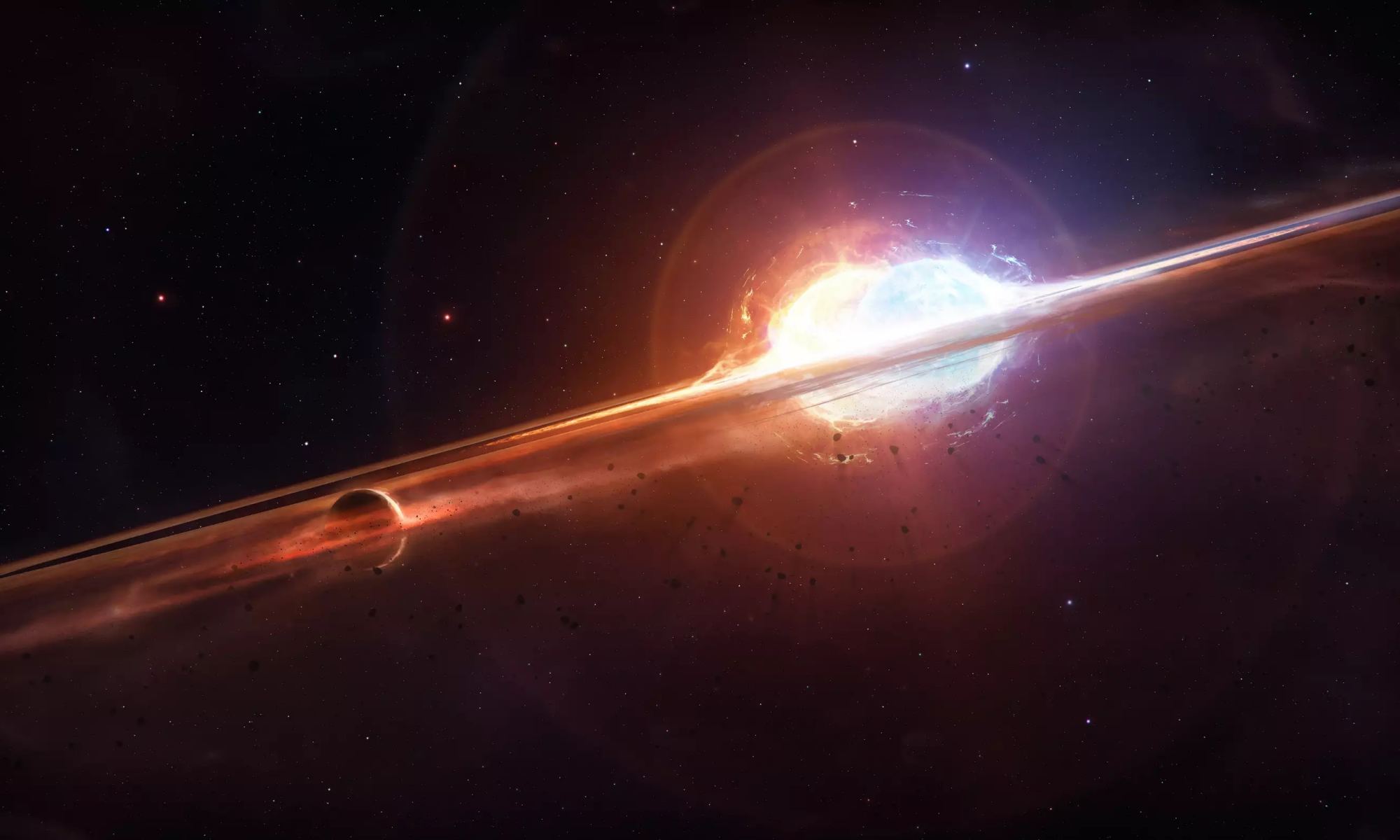
The Sun is going to kill us. Not anytime soon, but it will kill us. At the moment the Sun keeps itself going by fusing hydrogen into helium and other heavier elements, but in five or so billion years it is going to run out of hydrogen. When that happens, the Sun will make a desperate attempt to keep going by fusing helium. During this period it will swell to a red giant, likely so large that it engulfs the Earth, baking it to a crisp in its diffuse hot atmosphere.
Continue reading “A Planet Was Swallowed by a Red Giant, But it Survived”Astronomers Find the Fastest Spider Pulsar, Filling in the Missing Link in Their Evolution
Pulsars are rotating neutron stars aligned with Earth in just such a way that the energy radiated from their magnetic poles sweeps across us with each rotation. From this, we see a regular pulse of radio light, like a cosmic lighthouse. The fastest pulsars can rotate very quickly, pulsing hundreds of times per second. These are known as millisecond pulsars.
Continue reading “Astronomers Find the Fastest Spider Pulsar, Filling in the Missing Link in Their Evolution”Nancy Grace Roman and Vera Rubin Will be the Perfect Astronomical Partnership
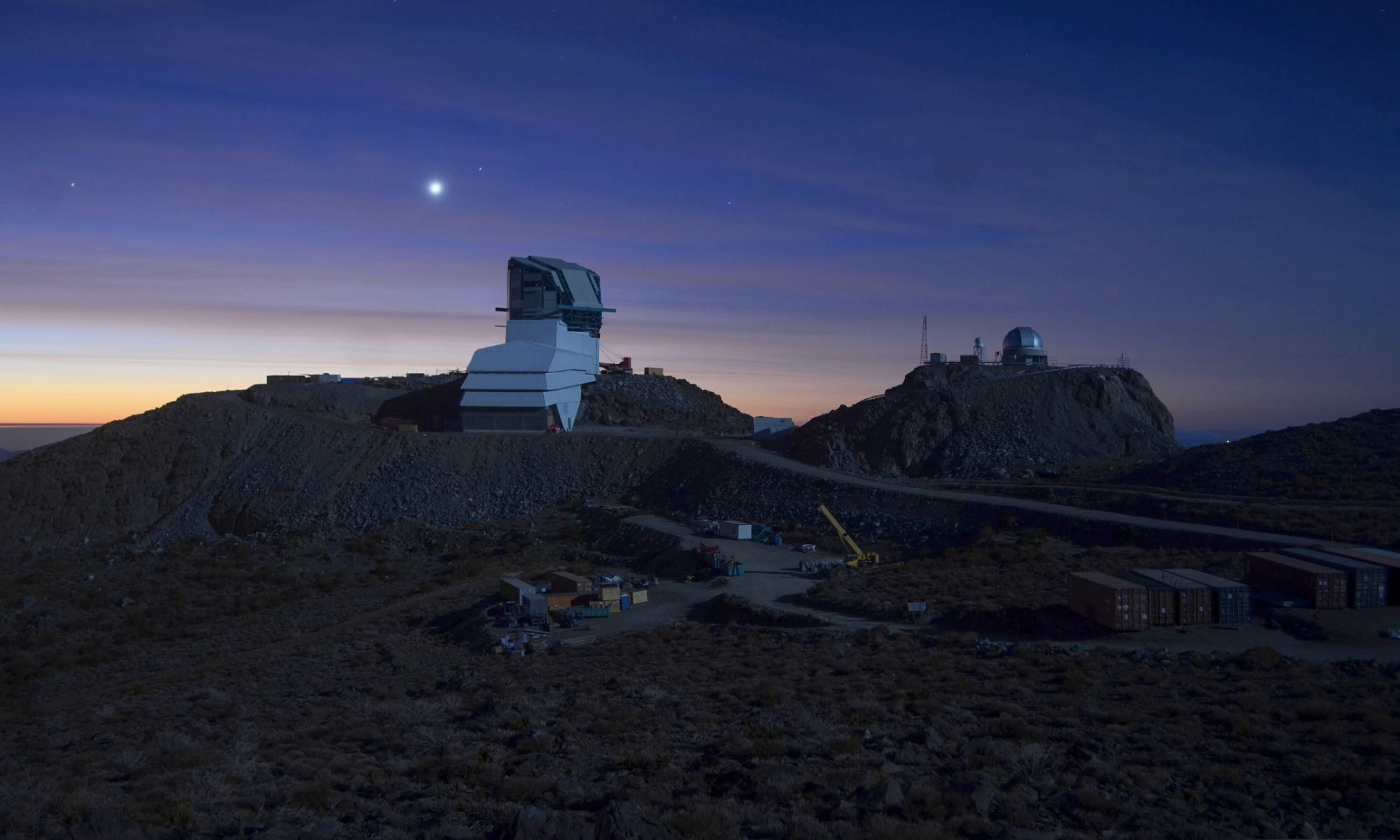
Two of the most important telescopes being constructed at the moment are Vera C. Rubin and Nancy Grace Roman. Each has the capability of transforming our understanding of the universe, but as a recent paper on the arxiv shows, they will be even more transformative when they work together.
Continue reading “Nancy Grace Roman and Vera Rubin Will be the Perfect Astronomical Partnership”What Would the Milky Way Look Like From Afar?
Our understanding of galaxies is rooted in the fact that we can see so many of them. Some, such as the Andromeda and Pinwheel galaxies are fairly close, and others are more distant, but all of them give a unique view. Because of this, we can see how the various types of galaxies appear from different points of view, from face-on to edge-on and all angles in between. But there is one galaxy that’s a bit harder to map out, and that’s our own. Because we are in the galactic plane of the Milky Way, it can be difficult to create an accurate bird’s-eye view of our home galaxy. That’s where a recent study in Nature Astronomy comes in.
Continue reading “What Would the Milky Way Look Like From Afar?”
